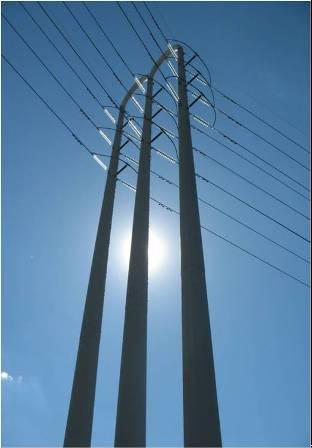News

The selection of electricity technology is critical for designing new power generation projects and associated transmission and distribution facilities. These choices are increasingly complex, due to the pace of technological change, rapid shifts in equipment and fuel prices, availability of comparable data, and the challenge of reducing carbon emissions. To help electricity policy-makers and planners select the most appropriate options, ESMAP has developed the Model for Electricity Technology Assessment (META).
META (formally known as ETOAG) provides a comparative assessment of the levelized costs for a range of electricity supply options, including renewable energy. The model takes into account changes in capital and operating costs over time, environmental externalities, and transmission and distribution options. The model can be used in conjunction with power system planning tools, by enabling preliminary technology screening and by providing detailed technical and cost breakdowns.
META was developed in conjunction with a comprehensive report on electricity options that builds on the finding of two widely-used ESMAP reports published in recent years: "Technical and Economic Assessment of Off-grid, Mini-grid and Grid Electrification Technologies" (2007); and "Study of Equipment Prices in the Power Sector" (2009).
META was launched at a workshop at the World Bank in Washington on June 12, with presentations by Chubu Electric Power of Japan and Economic Consulting Associates of the UK, the consultants who developed the model and produced the report. They pointed out that META is based on data taken from three countries—India, Romania, and the United States—representative of large developing, middle-income and large developed countries, respectively. Cost and performance data was taken from published documents, websites, and Chubu Electric’s internal database.
One of the advantages of META is that it is able to compare costs over a comprehensive range of power generation options, from solar, wind and geothermal; to thermal generation using gas or coal, to nuclear power. Users can look at options categorized by scale: off-grid, mini-grid and grid-connected. The model is able to incorporate environmental externalities such as costs for local pollution and carbon emissions.
The META model is now available for use by ESMAP clients and stakeholders upon request, as well as by World Bank teams as part of engagement with countries on energy issues. Feedback from those stakeholders will be incorporated into the model before it is made widely available.
Resources
Presentations from the launch workshop:
Contact
Pedzi Makumbe at esmap@worldbank.org
